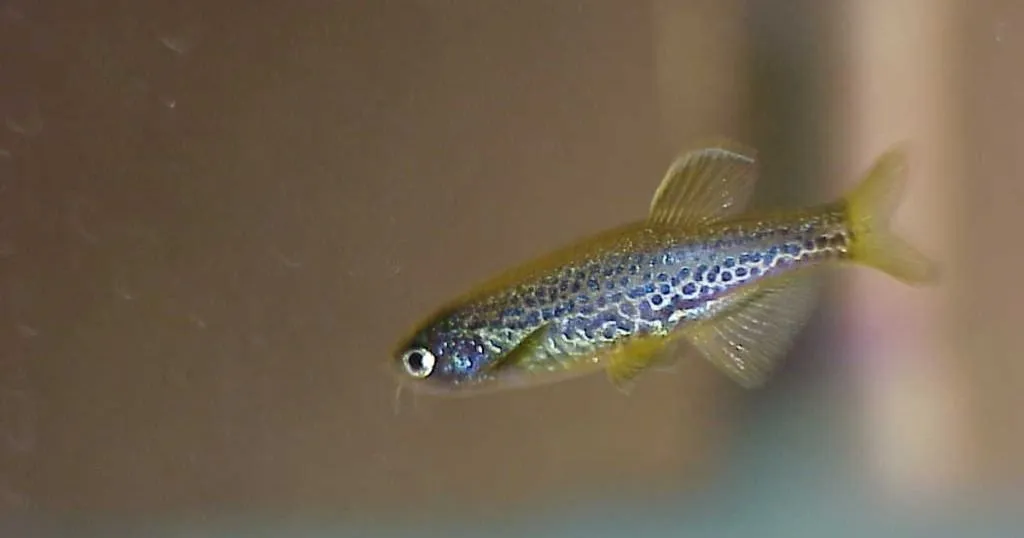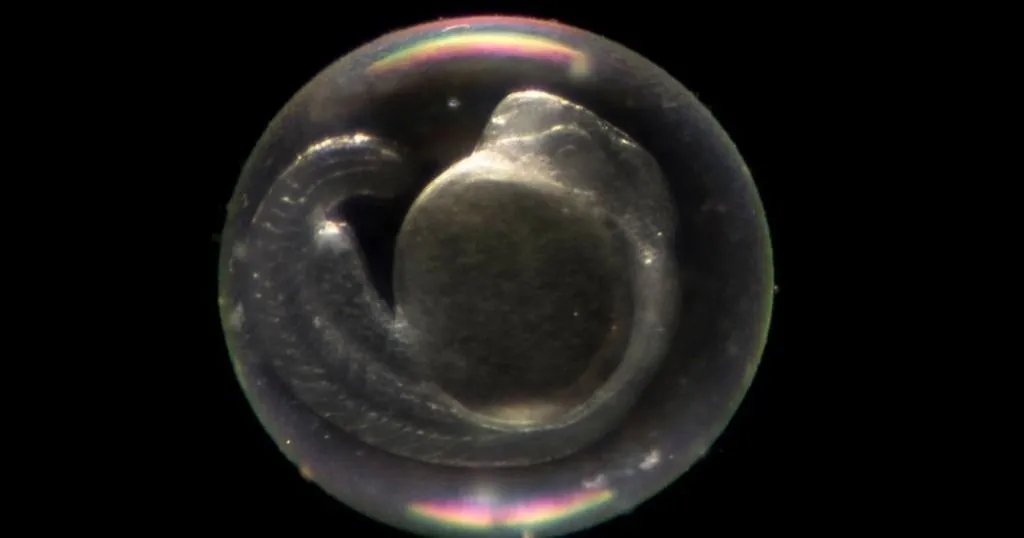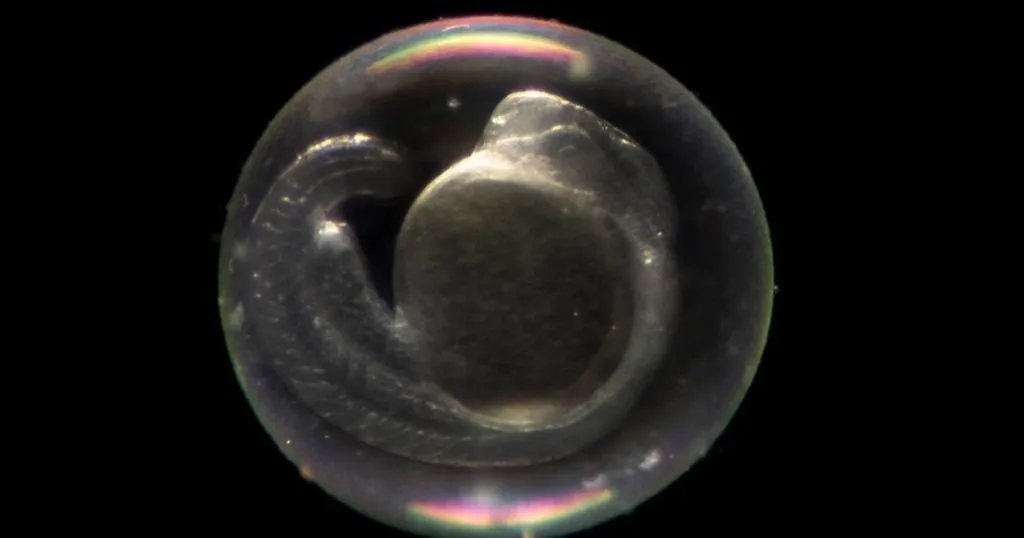How zebrafish are changing neuroscience
Zebrafish. This little fish is a vertebrate, and a relatively complex one. Looking at the major neurotransmitters and hormones that are investigated in neuroscience, they are as good of a model as many mammalian species.
Posted by
Published on
Thu 01 May. 2014
Topics
| Anxiety | Bottom Dwelling | EthoVision XT | Novel Tank Test | Social Behavior Research | T-maze | Video Tracking | Zebrafish |

Zebrafish. This small little fish is a vertebrate, and a relatively complex one at that. Looking at all the major neurotransmitters and hormones that are investigated in neuroscience, they are as good of a model as many mammalian species. Indeed, recent studies have shown how they are ideal for testing in behavioral domains such as anxiety, sociality, sleep, reward, and cognition.
Only fifteen years ago researchers thought fish were too simple, but zebrafish have proven their worth and so Progress in Neuro-Psychopharmacology & Biological Psychiatry is dedicating a special issue to this striped creature. Allan Kalueff and his colleagues have written the preface to this issue and introduce us elegantly into the world of zebrafish and brain disorder research.
The zebrafish fan club
Why have neuroscientists grown so fond of zebrafish? Kalueff et al. list a great number of reasons. They make a great in-vivo model, offering great translational value due to common organ systems and cell types, and their high genetic homology to humans. They are also the ideal animal for lab studies, as they reproduce quickly and abundantly and are low in costs and maintenance. They develop externally, which allows the larvae to be easily subjected to various environmental factors. Finally, they are transparent in both embryo and larval stages, allowing direct study of internal development. And did you know they live longer than mice?
Zebrafish don’t just swim around
Zebrafish show a well-defined range of behaviors, and these phenotypes resemble those of rodents and humans, making them an ideal subject for psychopharmacological studies. Many popular behavioral tests that are used in rodents, such as T-maze, plus maze, social preference, social interaction, and open field tests, have been successfully translated to zebrafish studies. Added bonus is that video analysis technology available today allows researchers to automate zebrafish (behavioral) tests easily.
Social little fellows
Zebrafish have a natural tendency to shoal. Measuring this aspect of social behavior is very straight-forward. Video tracking offers a practical way to measure the inter-fish distances on a frame-by-frame basis. Shoaling behavior is influenced by many factors, such as predation and the availability of food, but also individual appearance and group size. Read more about this in this blog post.
Getting curious
Anxiety and exploration are studied in straight-forward, established paradigms in rodents (open field, plus maze), but can also be assessed in zebrafish using a novel tank. Diving to the bottom and bottom dwelling are easily-measured indicators of anxiety-like behavior and the effects of pharmaceuticals are often clearly distinguishable. We wrote about this previously.
Good learners
Zebrafish are fantastic students, and they can show off their learning ability in a T-maze. They also demonstrate color discrimination and are able to learn to swim to a certain color. Read about some recent studies in this blog post.
Into the rhythm
Chronobiologists also love the zebrafish, because they rapidly develop their inner clock, and this system is highly light-entrainable. This post highlights research that measures rhythmicity in zebrafish larvae.
Coming to you in 3D
The big difference between rodents and zebrafish is, of course, that they swim. In order to study the details of their movement it therefore makes sense to look at their behavior in three dimensions. Using video tracking, it is actually not so difficult to get detailed data this way. Christine Buske wrote about this a while back.
Read more
- Kalueff, A.V.; Echevarria, D.J.; Stewart, A.D. (2014). Gaining translational momentum: more zebrafish models for neuroscience research. Progress in Neuro-Psychopharmacology & Biological Psychiatry, article in press, doi:10.1016/j.pnpbp.2014.01.022
- Solutions for zebrafish research.
- More blog posts on zebrafish.
Related Posts

4 Facts about zebrafish and zebrafish larvae

Inhibitory avoidance learning in zebrafish (Danio rerio)

